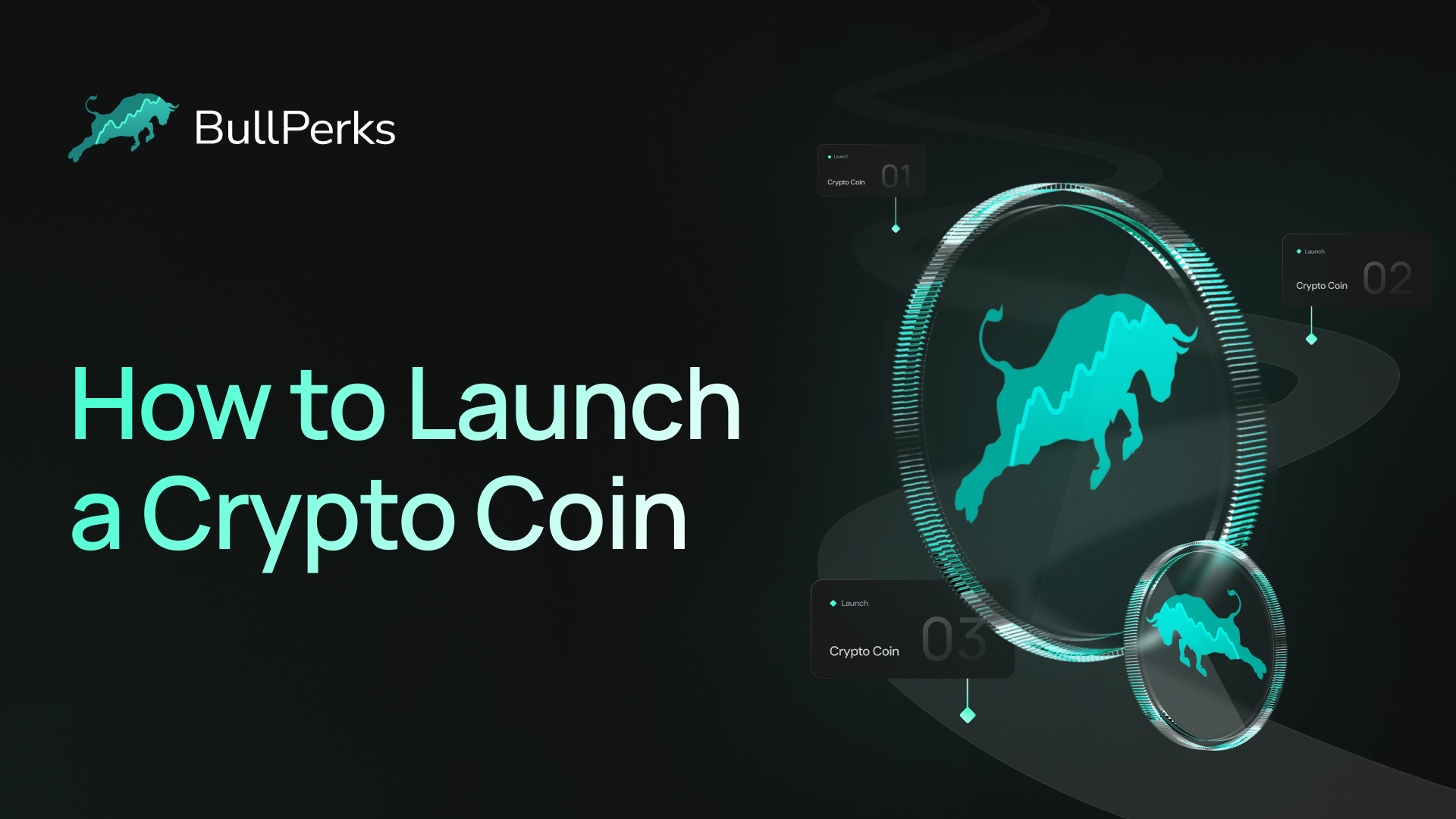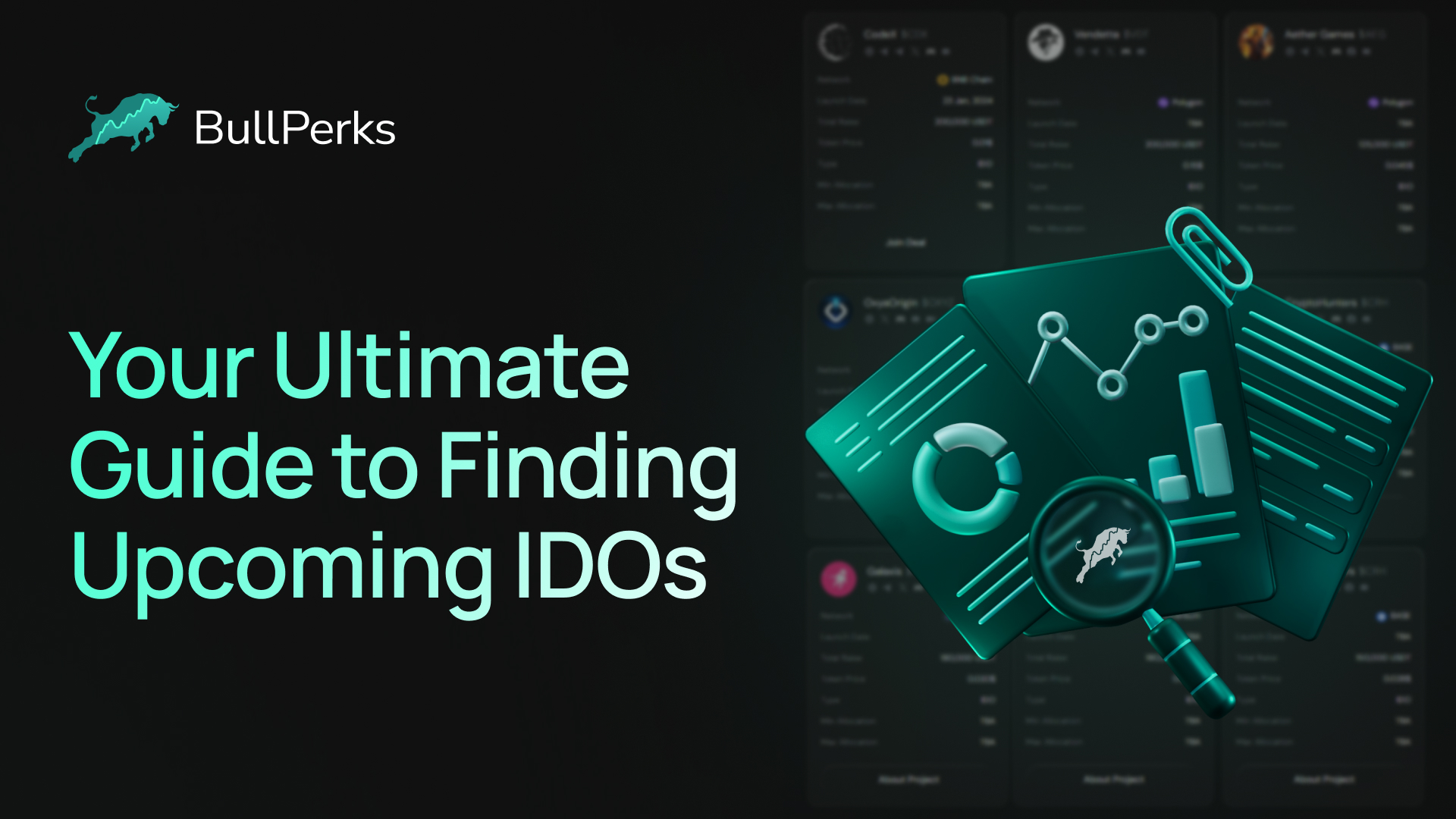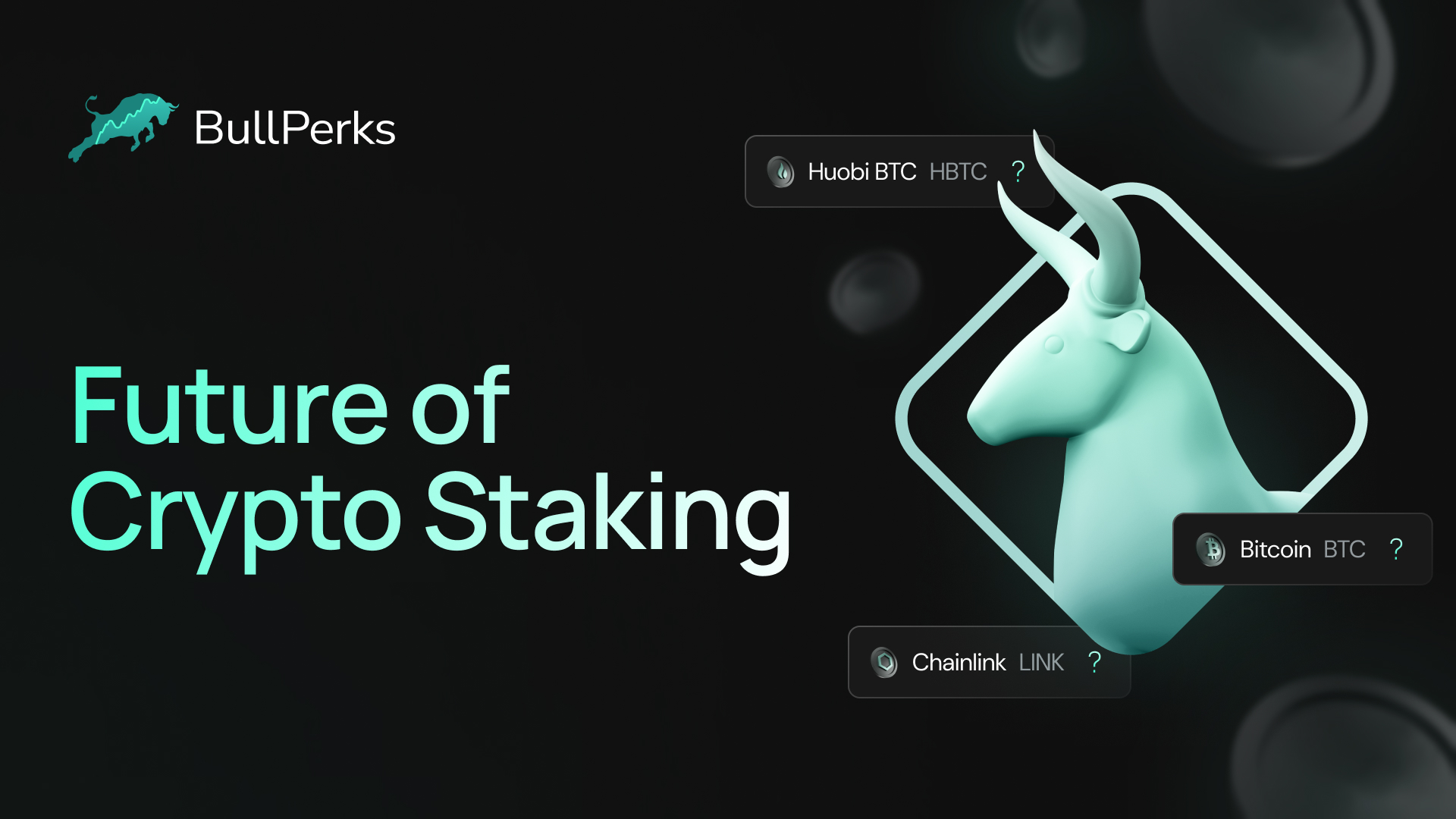
As the DeFi space rapidly expands, more and more people are looking for ways to get involved. But with so many options available, it can be challenging to decide which solution is right for you.
This article will explore the differences between staking, yield farming, and liquidity mining. We'll discuss the benefits of each approach and help you decide which one is right for you. So let's get started!
Yield Farming Mechanism
Yield farming is a popular method of earning passive income from crypto assets. With this approach, you essentially "farm" for interest or rewards by locking up your crypto holdings in staking pools or masternodes.
This requires some initial investment and technical know-how; however, it might offer steady returns over some time, especially if you are into crypto.
Yield farming is newer than crypto staking, and it relates to the capability of investors to carefully plan and select tokens to lend and on which platforms.
Cryptocurrency holders can use a liquidity pool as collateral and receive rewards for their efforts. Yield farming, or token farming, started in 2021 when Compound, the first defined lending protocol, came to light. You should also consider yield farming pools if you want to become a yield farmer.
How much can you make on yield farming?
The returns you can earn on yield farming will depend on a number of factors, including the staking pool or masternode you choose, as well as market conditions.
However, crypto enthusiasts might expect to see stable and consistent returns over some time, which is truly inspiring.
Crypto Staking Mechanism
Another popular way to earn passive income from crypto assets is through staking. With staking, you essentially "lock up" your tokens in a staking pool or masternode in exchange for staking rewards.
This requires some initial investment and technical knowledge, but it can also offer fairly steady returns in the future.
Unlike yield farming, staking is a much more conventional approach to generating passive income from crypto assets. It has been around since the early days of blockchain and remains a popular option for many investors today.
How much can you make on staking?
The returns you can earn through staking will depend on several factors, including the staking pool or masternode you choose, as well as market conditions.
However, in general, crypto users might expect to see stable and consistent returns over time.
Yield farming vs. staking
| Parameter | Yield Farming | Staking |
|---|---|---|
| Definition | Providing liquidity to a decentralized finance (DeFi) protocol in return for interest or fees. | Participating in a network's operations to receive rewards by holding and locking up tokens. |
| Potential Returns | Very High | High |
| Risks | Impermanent Loss, Smart Contract Risks | Slashing, Value Fluctuations |
| Ease of Use | Low (requires a good understanding of DeFi protocols) | Moderate (requires some understanding of the staking process) |
| Liquidity | Funds can often be withdrawn more easily compared to staking, but may still have lockup periods. | Funds are locked for a specified period and are not accessible until the staking term ends. |
| Asset Control | Assets are pooled with others, control is shared. | Individual control over assets, but they are locked. |
| Community Governance | Often has governance tokens allowing for community decision-making. | May or may not have governance features. |
| Technical Knowledge Required | High | Moderate |
| Platforms/Examples | Uniswap, SushiSwap, etc. | Ethereum 2.0, Tezos, etc. |
The main goal of staking is to keep the blockchain network secure; yield farming generates maximum yields, and liquidity mining supplies liquidity to the DeFi protocols.
The APYs are frequently lucrative, and hundreds of different alternatives are available.
Overall, staking and yield farming are two popular approaches to earning passive income from crypto assets.
Which is right for you depends on many factors, including investment goals and technical knowledge.
But with so many options available in the DeFi space, there is something for everyone! So why not explore these exciting new solutions today?.
Whether you're looking to earn stable returns or want to get involved in the cutting-edge world of decentralized finance, Staking and yield farming offer great ways to do it.
With so many different choices available, however, it can be difficult to decide which one is right for you.
Yield farming and Staking risks
Of course, some risks are associated with staking and yield farming. For example, there is always the possibility that the network you're staking on or lending to might go down in value.
Additionally, staking and yield farming requires a certain level of technical knowledge and may require some initial investments.
Despite these risks, staking and yield farming remain popular approaches to earning passive income from crypto assets.
If you're looking for stable returns over time or want to get involved in the exciting world of DeFi trading, then staking or yield farming may be a nice choice for you.
Liquidity Mining Mechanism
Another way to get passive income from crypto assets is through liquidity mining. With liquidity mining, you can provide liquidity to various DeFi protocols in exchange for rewards.
This approach is still fairly new, but it has quickly become popular among crypto investors due to its potential for steady returns over time.
So if you're looking for another avenue to earn passive income from your crypto assets, or simply want to explore the exciting DeFi world, then you might consider exploring the possibilities of staking, yield farming, and liquidity mining today.
Whether you're an experienced crypto investor or a newcomer just starting out in the world of decentralized finance, staking, yield farming, and liquidity mining are all great options for earning passive income from your crypto assets.
Of course, each approach has its own unique benefits and risks, so it's important to do your research and choose the one that best fits your investment goals and technical knowledge.
But with so many exciting new possibilities available in the DeFi space, there is truly something for everyone.
What are the risks of liquidity mining?
There are, of course, some risks associated with liquidity mining. For example, this type of trading can be quite volatile, and there is no guarantee that you will earn consistent returns over time.
Additionally, liquidity mining requires a certain level of technical knowledge and may involve significant initial investment.
Despite these risks involved, many crypto investors are drawn to the potential for steady returns offered by liquidity mining in the DeFi space. The first thing you should do is to start doing your thorough research (DYOR).
Learn more about the DYOR process and how to analyze IDO projects with our BullPerks DYOR Guide!
Conclusion. Yield Farming vs. Staking vs. Liquidity Mining. What Is the Best for Your Crypto Investments?
Thus, liquidity mining is a subset of income farming, which itself is a subset of stakes. All three of these methods are just ways to make unused crypto assets work.
Profit farming aims to generate the highest possible income, while staking aims to help the blockchain network stay secure.
On the other hand, liquidity mining aims to provide liquidity for the DeFi protocol. Ultimately, the best option for your crypto investments depends on your goals and investment preferences.
You should always consider a bear market, volatility risk, risks of losing money, interest rates, digital assets, DeFi platforms, how to get involved early, how to validate transactions, and when to pay transaction fees and gas fees.
You should also learn how to facilitate crypto trading, about traditional staking options, how to use lending services and decentralized exchanges, get information about the staking debate, automated trading, associated risks, token rewards, yield farming offers and many other things.
Whether you're an average investor or a yield farmer, looking for stable returns over time, deposit funds, or simply want to explore the exciting world of DeFi (including DeFi lending protocol), staking, yield farming, and liquidity mining are all great options to consider.
And don't forget about another option – to trade cryptocurrencies (crypto trading). So why not give it a try today when you've learned a lot about crypto farming vs staking, yield farming, yield farmers, comparing yield farming with liquidity pools, and more?
Furthermore, you will be interested in smart contracts, how to validate transactions, passive income strategies, transaction fees, automated market makers, liquidity providers, yield farming platforms, and more.
Would you like to start investing in the most impactful projects with BullPerks? Learn how in this comprehensive tutorial!
Disclaimer. This material should not be construed as a basis for making investment decisions or as a recommendation to participate in investment transactions. Trading digital assets may involve significant risks and can result in the loss of invested capital. Therefore, you must ensure that you fully understand the risk involved, consider your level of experience, investment objectives, and seek independent financial advice if necessary.












